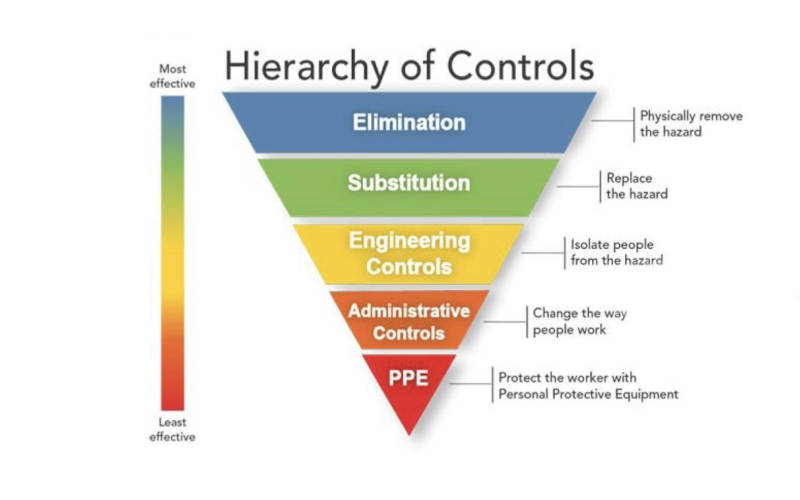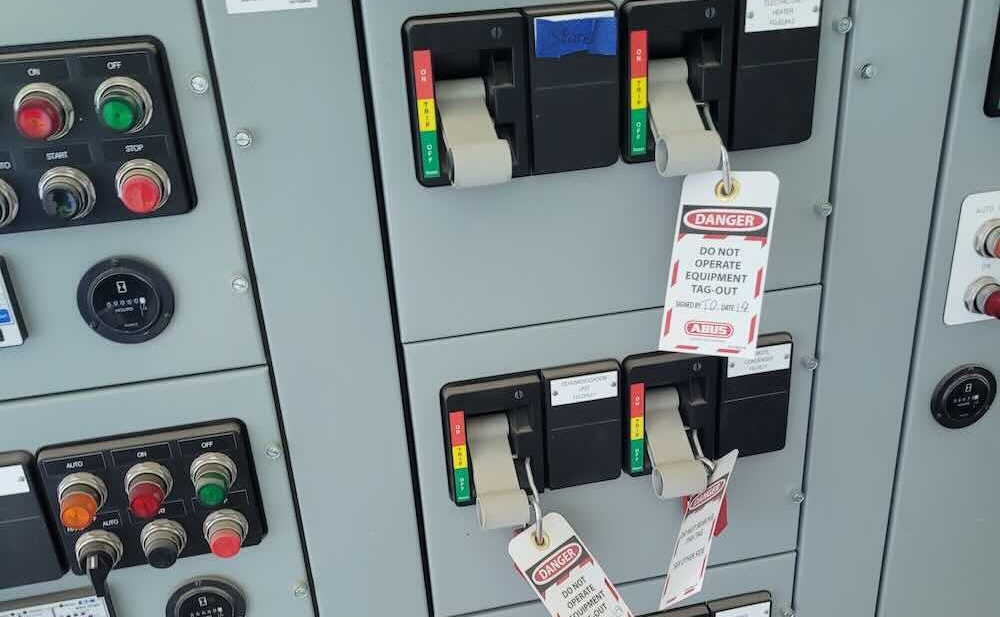It’s a simple choice – of COURSE we want to be safe at work. No one wakes up each morning and says, “Can’t wait to get to the plant today so I can injure myself!”
It’s not spelled out anywhere in the Constitution, but one of the fundamental freedoms we all enjoy is the freedom of choice. We can choose our brand of toothpaste, our soft drink, our blue jeans brand, our car, our cell phone service provider. We have so many choices, however, that sometimes it’s difficult to narrow it down to an either/or proposition.
There is one area, however, where we have a choice. We can choose to be safe at work. That choice is protected by law. (If you are unnerved by government interference in such matters, it also is protected by simple human decency.)
It’s a simple choice – of COURSE we want to be safe at work. No one wakes up each morning and says, “Can’t wait to get to the plant today so I can injure myself!” Such a statement is unthinkable.
Yet we so often continue to make the wrong choice when it comes to workplace safety. We don’t think about safety in those harsh terms. We shade the discussion, especially when it comes to personal protective equipment. The thought process is something like, “If I don’t wear those gloves or that face shield or the body suit when I’m working on an energized electrical panel, well, I know what I’m doing. I’ve been doing this for years…”
They’ll talk about what a consummate professional he was during the eulogy at the funeral.
This issue came up this summer when Kimberly Clark Professional released a study that 9 of 10 safety professionals observed workers not wearing required PPE on the job at some point. Even worse, 3 of 10 saw these violations on more than one occasion. I wish I could say I was surprised to hear this. I wasn’t.
For the past three years, Plant Engineering has run our popular Arc Flash University series, where a global audience of plant professionals has benefitted from hearing some of the industry’s leading safety experts talk about the changes in arc flash safety codes, regulations and personal protective equipment.
The discussion around PPE talks about codes, in particular the NFPA 70E requirements around the levels of hazards and the PPE required at each level. The data is clearly defined, it has been rigorously debated and tested and it is clear-cut and straightforward.
And when we get to the Q&A at the end of each Arc Flash University session, the questions from the audience are framed around the idea of “How do I wear as little PPE as possible when working on energized equipment?”
If you were to choose to ski down the side of a mountain, you’d want the best equipment, the tightest bindings, the most stable skis. If you’re going to leap out of an airplane, which is an inherently unsafe thing to do, you’d want to ensure the parachute was properly packed, that the pilot and plane were sturdy and that the drop zone – because as I understand this gravity thing, you WILL be coming down – is flat and safe for landing.
When it comes to electrical safety, we’re not talking about skiing down the side of a mountain or leaping out of an airplane. We’re talking about going to work, and coming home from work each day hale and hearty and able to make the choice about whether to spend your weekend coming down a mountain or going up in an airplane.
Perhaps that is overly dramatic. Here’s the simple version from the folks at Kimberly-Clark Professional: “Complacency is the enemy,” said Deanna Thornton, global safety director of marketing, Kimberly-Clark Professional. “Workers get comfortable and pay less attention over time. When this happens, they make choices that are sometimes unsafe – like not wearing PPE. Keeping workers engaged long term is a challenge that safety managers battle every day.”
Safety isn’t supposed to be a battlefield. It is supposed to be the one area where line workers and plant managers and corporate executives can link arms and say, “On this topic, we agree.” Unless of course you’re one of those corporate executives who make your workers pay for their own PPE. Then you are part of the problem, not part of the solution.
You’re tempted to make the argument that safety is about economics and profit. I do believe safety, like maintenance, can be a profit center for your organization instead of a cost center. If a machine breaks, though, we simply replace the machine, because we can make another one just like it. It’s not that simple with safety.
But actually, it is that simple. Before PPE is equipment, before it even is protective, it is personal. The PPE itself can be replaced; not so the people inside.



